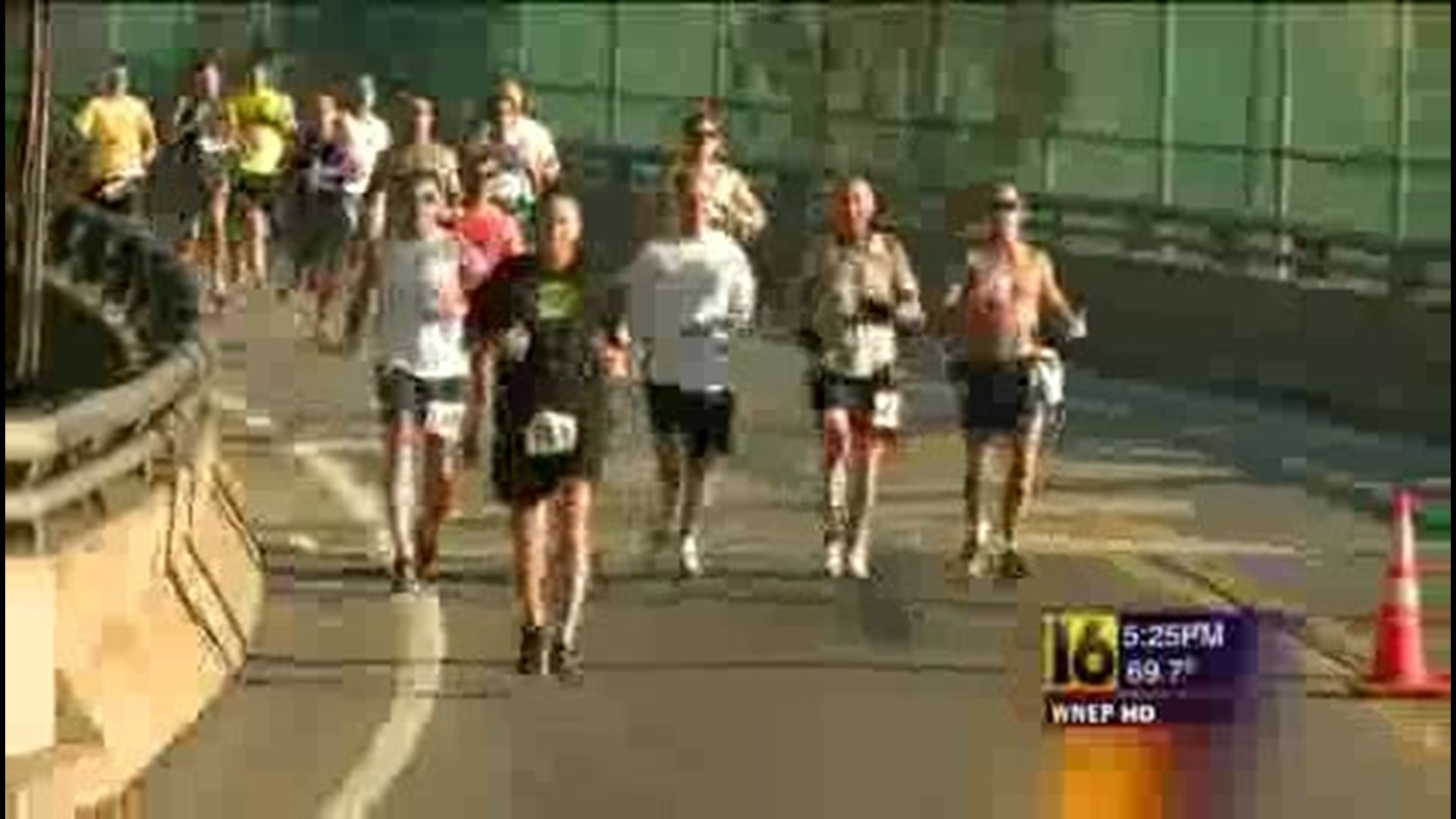A Newswatch 16 photographer is on the other side of the camera in this Healthwatch 16 report. He's part of a Marywood University study hoping to answer some questions about lung function.
Mark Monahan, from Scranton, has been running since 2006.
"I had to make a change," says Monahan. "I was a smoker and obviously that was expensive and unhealthy, so on a bet from my brother Todd I started running. And here I am today."
Monahan is one of 29 Steamtown competitors participating in a study at Marywood's Human Physiology Lab. The study was created by lab director Dr. Gerald Zavorsky, who also happens to be a runner and is also doing the Steamtown Marathon this year.
"I've always been interested in exercise, the physics of performance," said Dr. Zavorsky.
He's studying the incidence of pulmonary edema, or the build-up of fluid in the lungs, in marathon runners. He wants to know how common edema is among runners, if how fast someone is affects the severity of edema, and whether overall fitness is a factor.
"It's a study that has some clinical implications, because we really don't know the incidence of edema triggered by marathons. It'd be nice to figure that out."
Which brings us back to Mark. Graduate assistants Kaleen Lavin and Allison Straub first measure his weight, body fat, and blood pressure. Then they test his lung function before putting him on the treadmill.
"This the preliminary stuff. We're looking at the VO-2 max, which tells us somebody's level of aerobic fitness, and how much oxygen their lungs use when they're working as hard as they can," Kaleen told us.
Gradually they speed up Mark's pace until he almost can't do anymore. That is his VO-2 max number, which they will then compare to his marathon pace next weekend.
"Mark did pretty well," said Dr. Zavorsky. "He's not the fittest of the group but he's close. I'd say top 20-percent."
The day before the marathon, Mark and the others will get a series of chest x-rays. The same will happen immediately after the race and at several intervals later that day. Newswatch 16 will be following Mark and the Marywood crew, and we'll let you know what we find.

